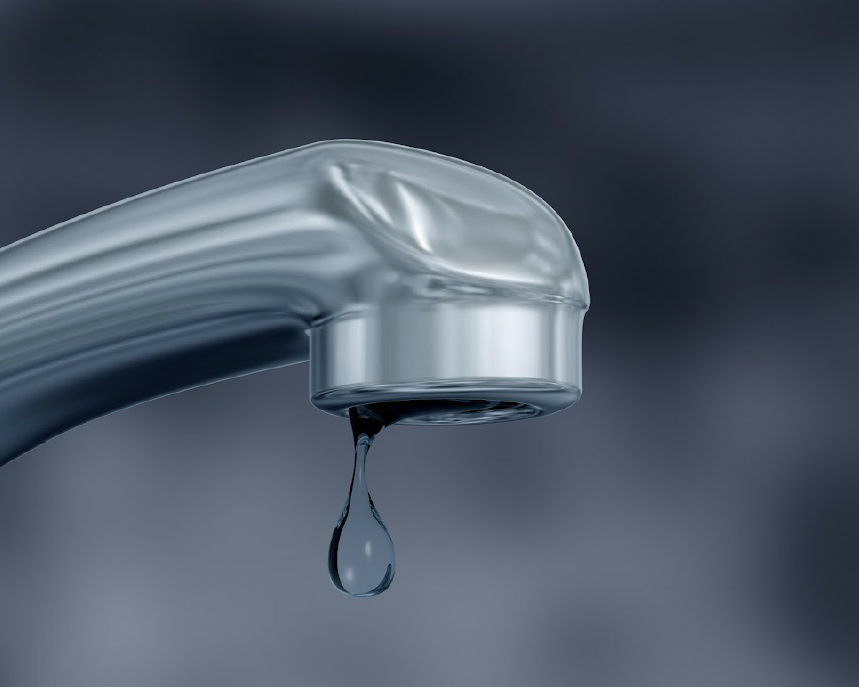6 Ways to Find Concealed Water Leakages in Your House
6 Ways to Find Concealed Water Leakages in Your House
Blog Article
How do you feel when it comes to Finding hidden leaks?

Early detection of leaking water lines can reduce a prospective catastrophe. Some little water leakages might not be noticeable.
1. Examine the Water Meter
Every house has a water meter. Checking it is a surefire way that assists you find leaks. For starters, shut off all the water sources. Guarantee nobody will flush, utilize the faucet, shower, run the washing device or dishwashing machine. From there, go to the meter as well as watch if it will change. Because no one is utilizing it, there need to be no activities. If it relocates, that suggests a fast-moving leakage. If you discover no changes, wait a hr or 2 as well as inspect back once again. This implies you may have a slow leakage that might even be underground.
2. Examine Water Usage
Evaluate your water bills as well as track your water consumption. As the one paying it, you need to see if there are any type of inconsistencies. If you spot sudden changes, regardless of your usage coinciding, it indicates that you have leaks in your plumbing system. Bear in mind, your water expense should drop under the very same variety monthly. A sudden spike in your costs indicates a fast-moving leakage.
At the same time, a consistent increase each month, even with the exact same habits, reveals you have a slow-moving leak that's additionally slowly intensifying. Call a plumber to thoroughly inspect your residential or commercial property, specifically if you really feel a warm area on your flooring with piping underneath.
3. Do a Food Coloring Test
When it involves water intake, 30% originates from bathrooms. Test to see if they are running properly. Decrease specks of food shade in the storage tank and wait 10 mins. If the shade somehow infiltrates your dish during that time without flushing, there's a leak in between the storage tank as well as bowl.
4. Asses Exterior Lines
Don't neglect to check your outdoor water lines also. Examination spigots by attaching a garden hose pipe. Must water permeate out of the link, you have a loosened rubber gasket. Replace this as well as make certain all links are limited. If you have actually obtained a lawn sprinkler, it will certainly aid get it properly examined as well as preserved every year. One tiny leakage can waste lots of water and also increase your water costs.
5. Evaluate and also Examine the Circumstance
Home owners must make it a routine to inspect under the sink counters and also also inside cabinets for any type of bad odor or mold and mildew development. These two red flags indicate a leakage so punctual focus is required. Doing routine assessments, also bi-annually, can conserve you from a significant problem.
If you recognize your residence is currently old, maintain a careful eye on your heating units, pipes, pipes etc. Check for discolorations and also damaging as most devices as well as pipelines have a life span. They will certainly likewise naturally deteriorate due to tear as well as use. If you presume dripping water lines in your plumbing system, don't wait for it to rise. Call a professional plumber right now so you do not wind up with a horrible mess in your house.
Early detection of leaking water lines can minimize a potential catastrophe. Some little water leaks may not be visible. Checking it is a surefire means that assists you uncover leakages. One tiny leakage can squander loads of water as well as surge your water expense.
If you suspect dripping water lines in your plumbing system, do not wait for it to escalate.
WARNING SIGNS OF WATER LEAKAGE BEHIND THE WALL
PERSISTENT MUSTY ODORS
As water slowly drips from a leaky pipe inside the wall, flooring and sheetrock stay damp and develop an odor similar to wet cardboard. It generates a musty smell that can help you find hidden leaks.
MOLD IN UNUSUAL AREAS
Mold usually grows in wet areas like kitchens, baths and laundry rooms. If you spot the stuff on walls or baseboards in other rooms of the house, it’s a good indicator of undetected water leaks.
STAINS THAT GROW
When mold thrives around a leaky pipe, it sometimes takes hold on the inside surface of the affected wall. A growing stain on otherwise clean sheetrock is often your sign of a hidden plumbing problem.
PEELING OR BUBBLING WALLPAPER / PAINT
This clue is easy to miss in rooms that don’t get much use. When you see wallpaper separating along seams or paint bubbling or flaking off the wall, blame sheetrock that stays wet because of an undetected leak.
BUCKLED CEILINGS AND STAINED FLOORS
If ceilings or floors in bathrooms, kitchens or laundry areas develop structural problems, don’t rule out constant damp inside the walls. Wet sheetrock can affect adjacent framing, flooring and ceilings.
https://www.servicemasterbyzaba.com/blog/how-to-detect-water-leakage-in-walls/

We had been shown that editorial about Detecting hidden plumbing leaks from a good friend on a different site. Enjoyed our piece? Please share it. Let someone else find it. Thank you for taking the time to read it.
Report this page